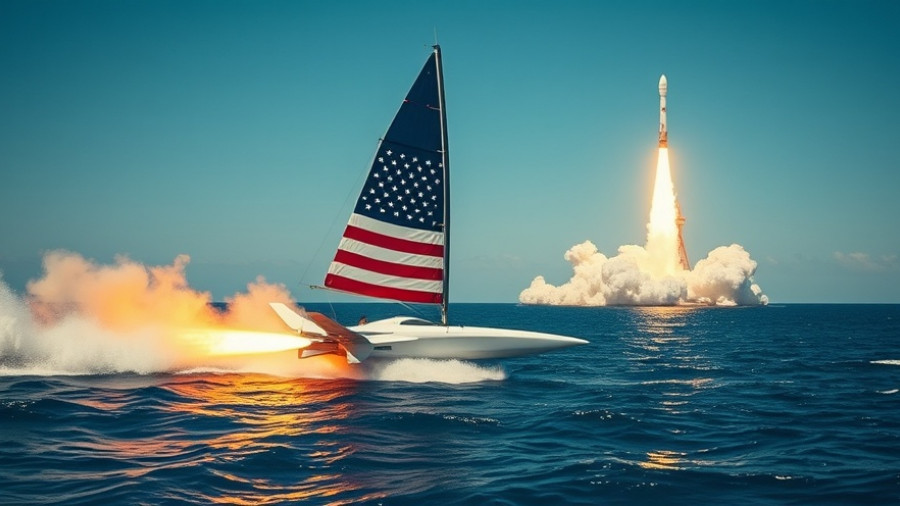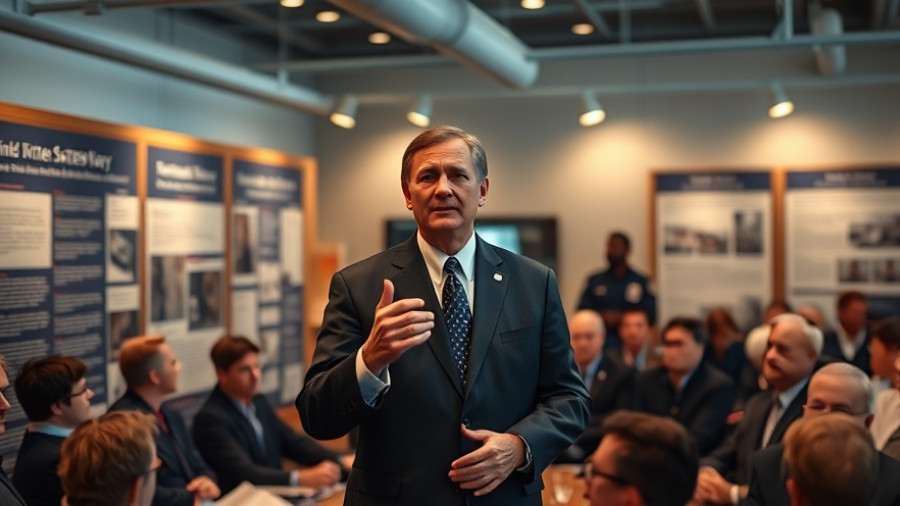
A New Chapter for the Navy: The Jeremiah Denton Sets Sail
On June 30, 2025, the U.S. Navy celebrated a significant milestone with the christening of the guided missile destroyer Jeremiah Denton. This event, which took place in the heart of the shipbuilding industry, is not just a nod to military advancement; it represents a commitment to innovation, security, and honoring the legacies of those who have served.
Honoring a Hero: Who Was Jeremiah Denton?
The destroyer is named after Admiral Jeremiah Denton, a distinguished former Navy officer and POW who displayed incredible courage during the Vietnam War. Denton was known for his bravery, and the ship's christening serves as a tribute to his legacy and the sacrifices made by service members. This connection captures the spirit of human resilience and dedication, uniting naval history with present advancements in technology.
The Importance of Modern Ships in Today's Navy
Modern shipbuilding is at the forefront of the Navy's strategic capabilities. The Jeremiah Denton is equipped with advanced technologies, enhancing its operational effectiveness. These guided missile destroyers play crucial roles in protecting national interests and ensuring maritime security. As threats evolve, so too must our naval capabilities, making ships like the Jeremiah Denton vital components of a modern, agile Navy.
Community Impact: Local Economies and Workforce Development
Events like this christening not only highlight naval advancements but also significantly impact local communities. The shipbuilding industry brings employment opportunities, supporting families and helping spur economic growth. Proud shipyard employees play an essential part in bringing these impressive vessels to life, and the community thrives alongside their efforts. The event of christening the Jeremiah Denton strengthens community ties and celebrates the collective pride in these achievements.
Toward the Future: What Lies Ahead for the Navy?
With the christening of the Jeremiah Denton, the Navy is paving the way for future innovations and advancements. As we reflect on this significant moment, it’s clear that the use of technology in shipbuilding will continue to evolve. We can expect even greater accomplishments as the Navy embraces new technologies to meet emerging challenges. This forward-thinking approach is crucial in maintaining our edge in global maritime security.
The heartfelt christening of the Jeremiah Denton serves as a reminder of both the sacrifices of past heroes and the bright future these advancements bring for the Navy. As we celebrate this new chapter, let us also commit to supporting the dedicated individuals who work tirelessly to enhance our naval fleet. These connections and milestones strengthen not just our military, but the communities that support them.
 Add Row
Add Row  Add
Add 




Write A Comment